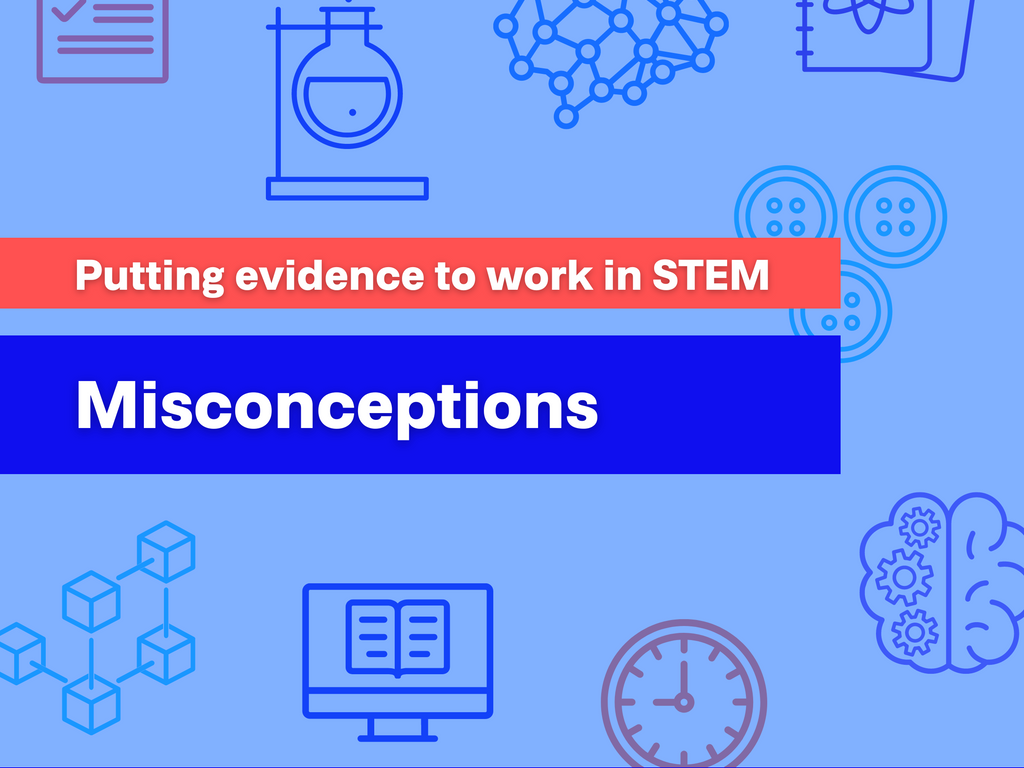Using manipulatives and representations in STEM
There are many concepts in mathematics and science – such as the multiplication of fractions or the behaviour of subatomic particles in the atom – that require either abstract understanding, or relate to a scale or context that is beyond our experience of reality. To address this, teachers frequently use manipulatives and representations to support students to build understanding. Planning to do so effectively can have a positive impact on student learning.
Access E4L’s guidance for educators on STEM in schools, drawing on the Teaching & Learning Toolkit, Guidance Reports, and more.
Read other articles from the Putting evidence to work in STEM series.

Blog


Blog


Blog
